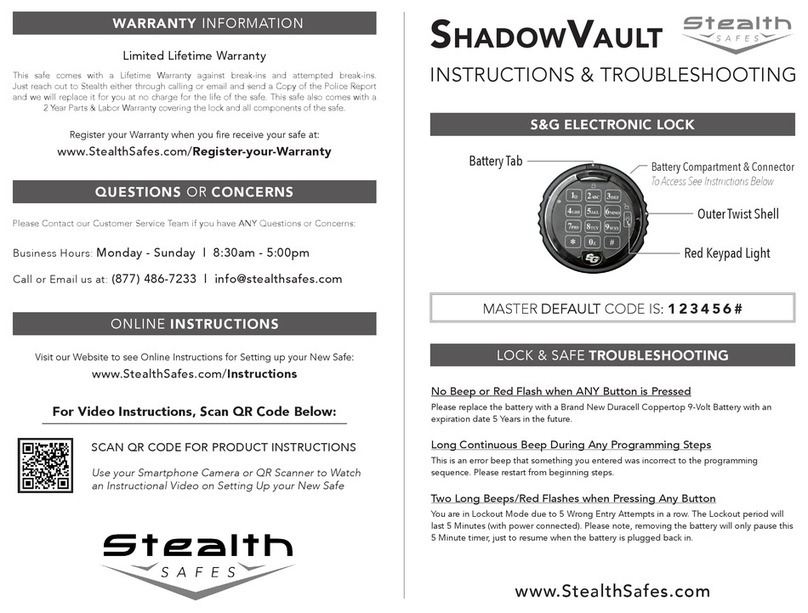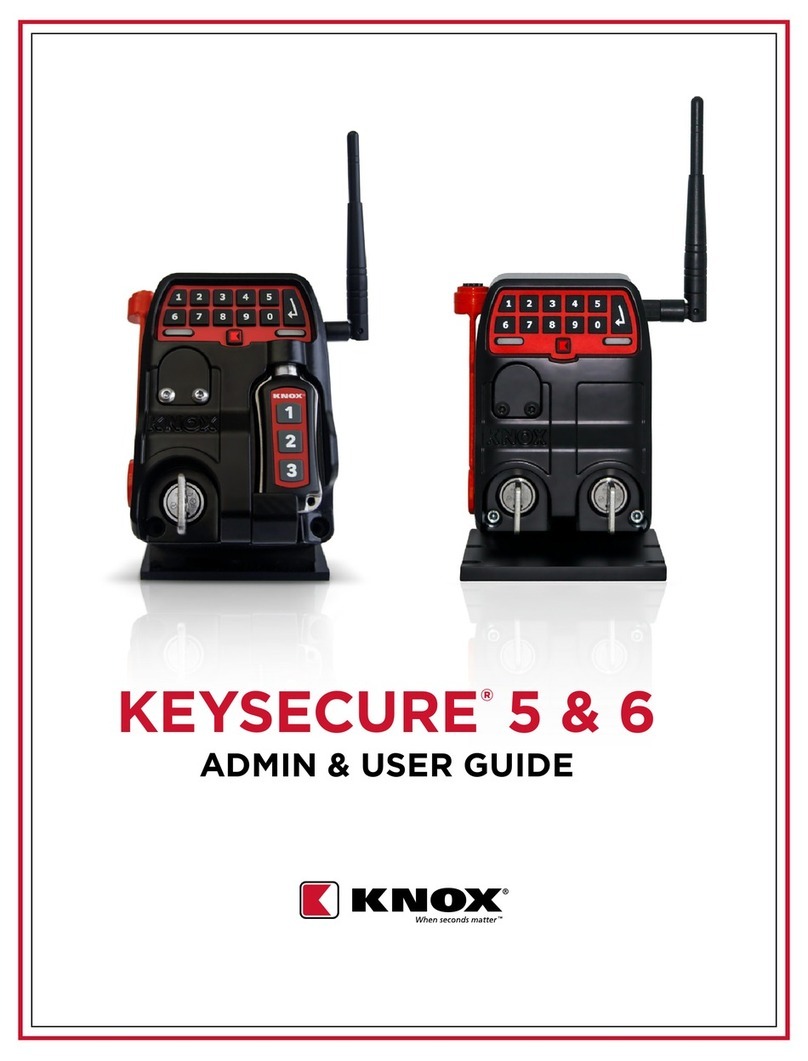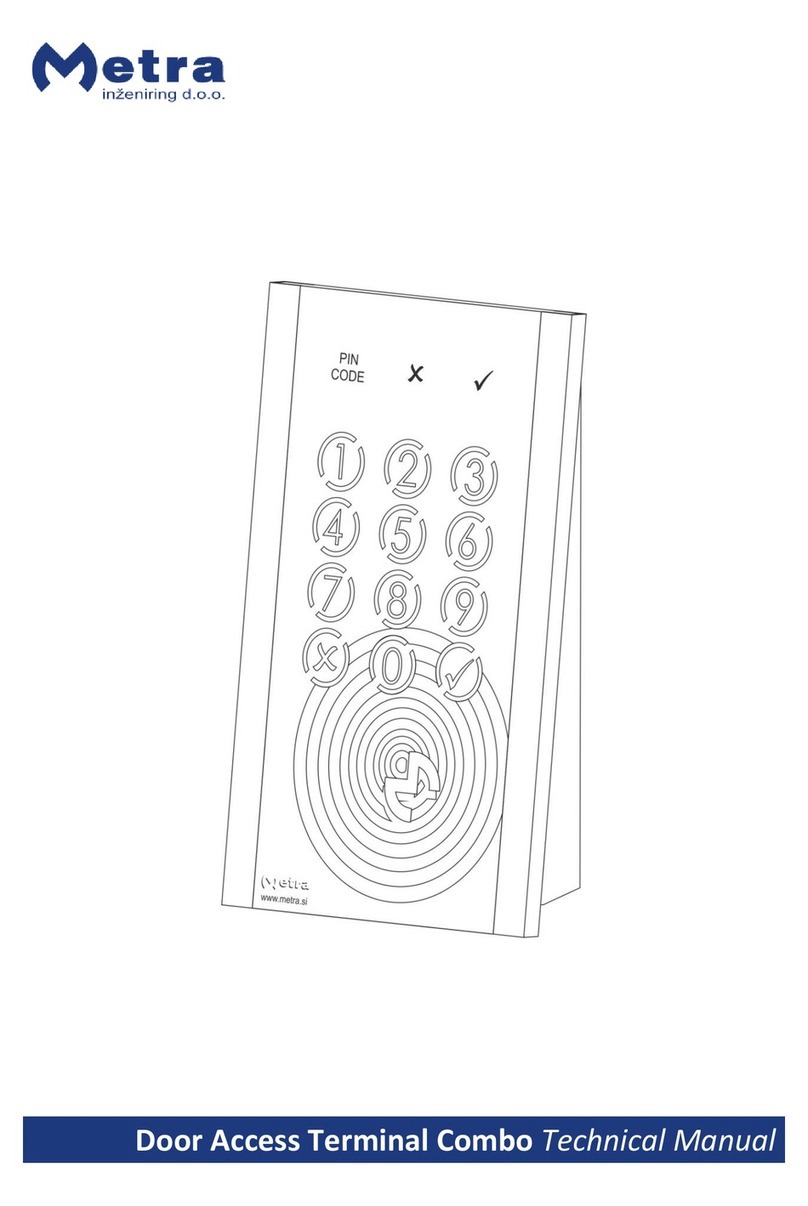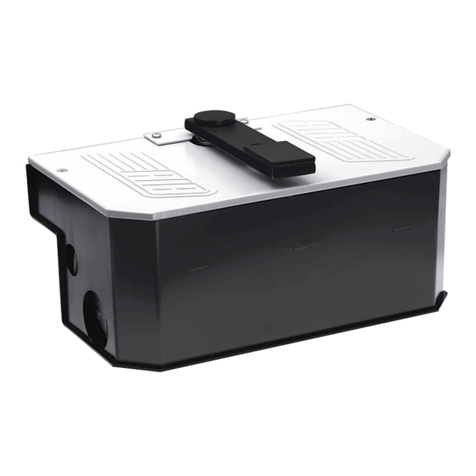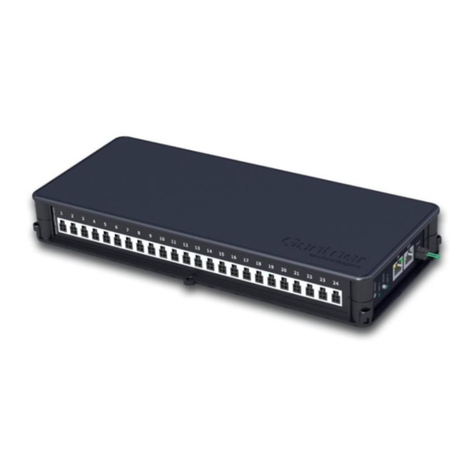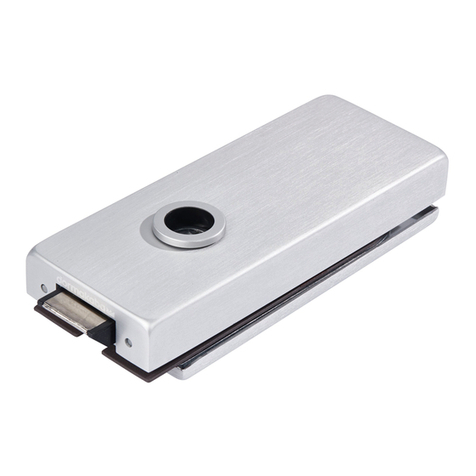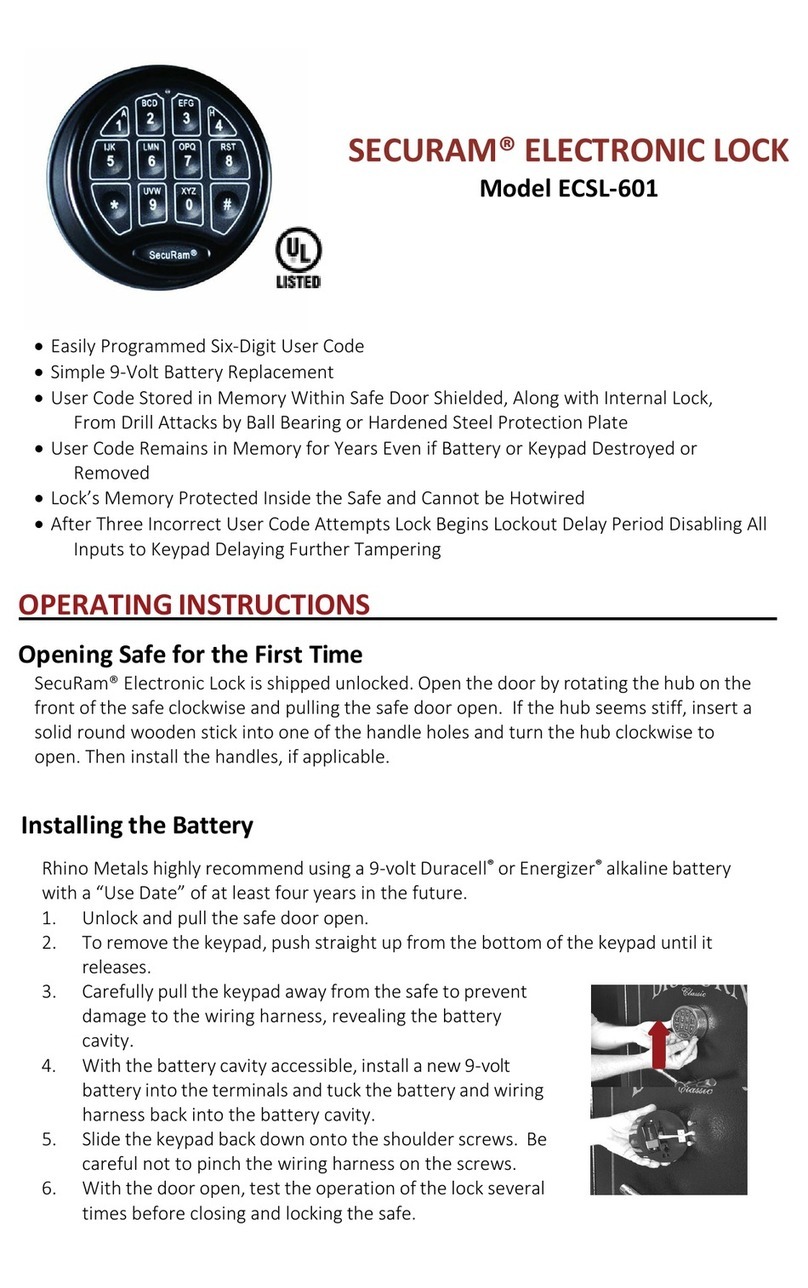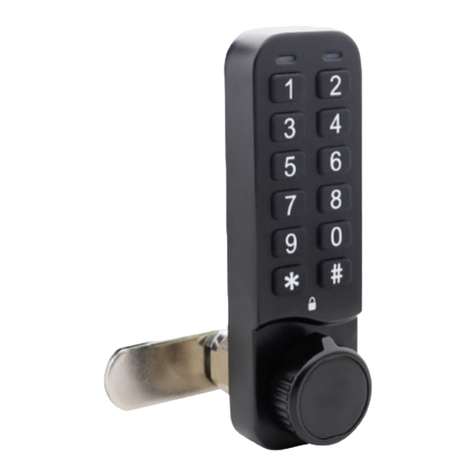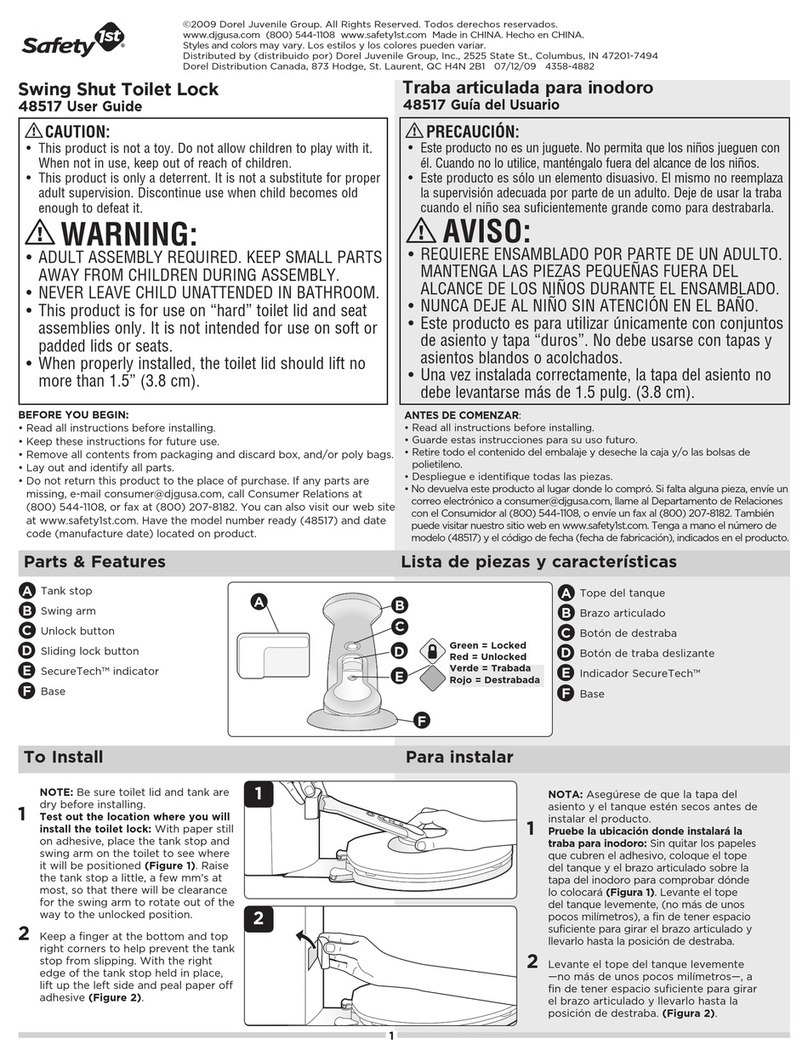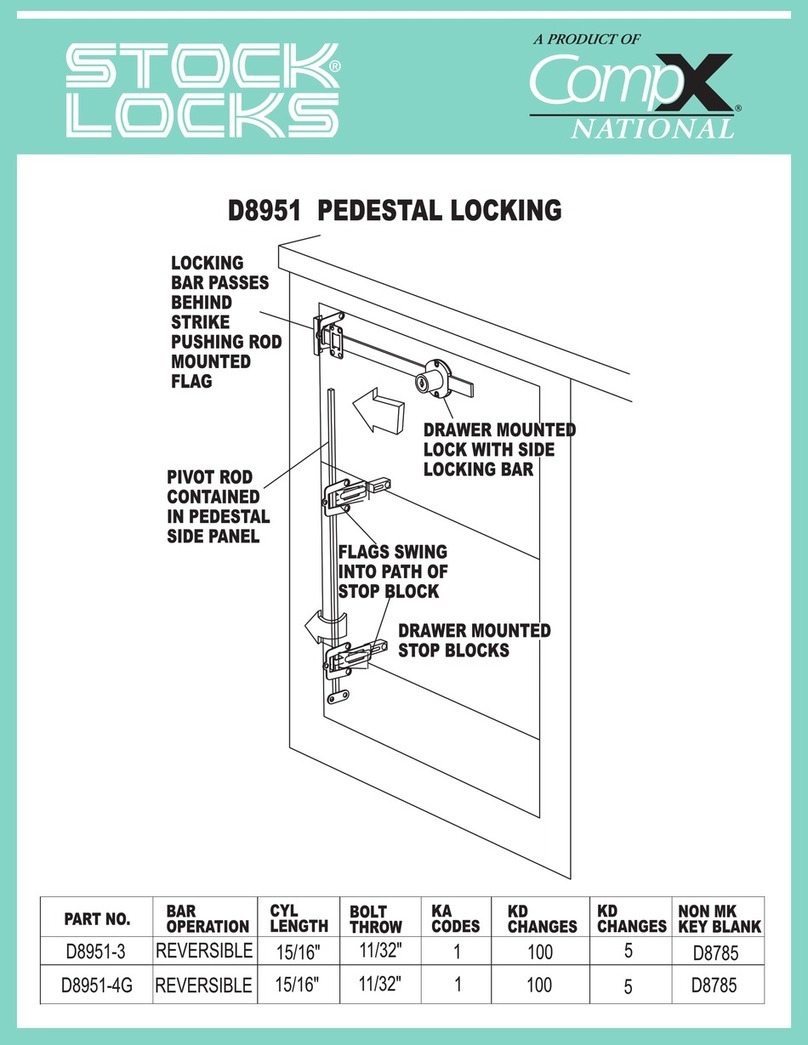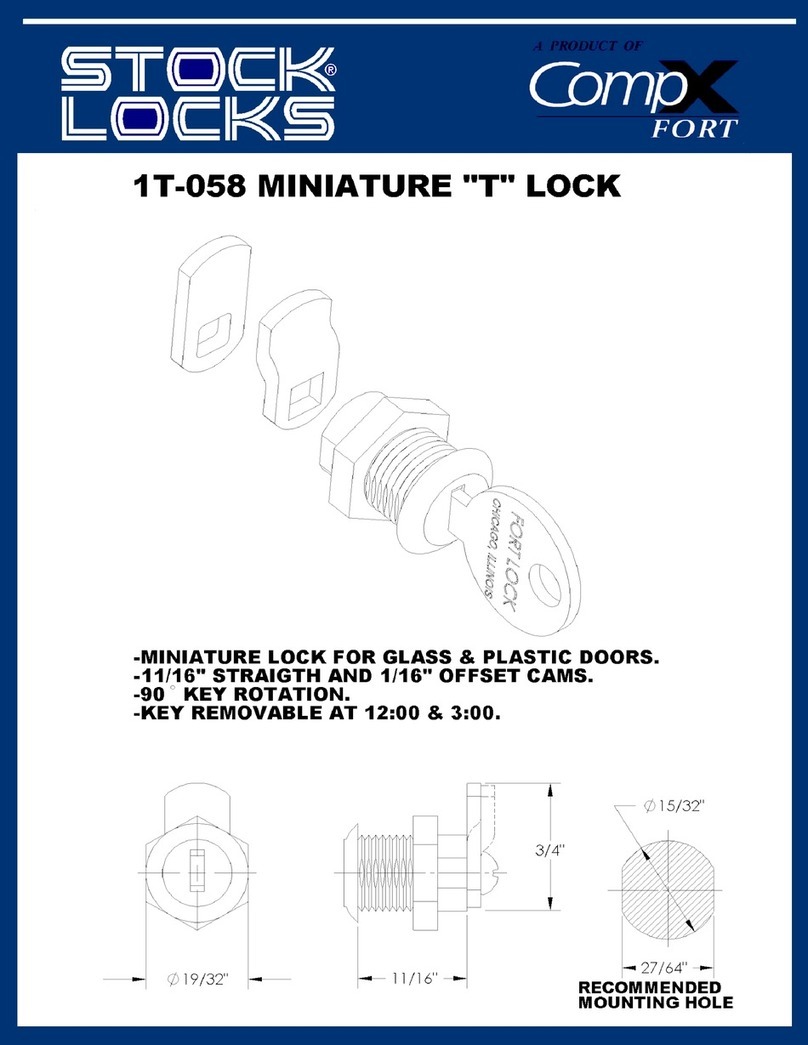Introduction and Table of Contents
Read these instructions completely prior to installation, pay special
attention to WARNINGS, CAUTIONS and order of installation steps.
Make sure your garage door and operator are in good working
order prior to lock installation.
The first section of this instruction manual covers lock-head
installation on roll up garage doors. The second section covers the
changes to accommodate lock-head installation on one piece doors.
Refer to steps 1, 2, 3, 7, ,9, 13, 14, 15 and 16 in the first section
for one piece door installs.
The figures in this instruction manual are in order according to
the steps. However you may need to review some figures out of
order, as a reference to help execute the task at hand correctly.
Table of contents:
Introduction 1
Required Tools 3
Page 1
Hardware Kit Contents 4
Unpacking & Layout 5
Preparing Door Operator 6
Warning Sheet 7
Preparing Door 8
Marking Door For Correct Lock-Head Position 9
Mounting The First Lock-Head 10
Routing wire. 17
Mounting The Second Lock-Head 11
Fastening Wire Cable to Door 12
Making Receiver Holes In Track 13
Installing Red L.E.D. 14
LED Install Through Door Panel 15
Mounting Plastic Bracket To Track 16
Suspending Wire Harness From Header to Operator 18
Mounting Electrical Control Box 19
Mounting Magnetic Door Switch. 20
Powering Up. 25
This Section Is For One Piece Doors ONLY 21
How To Mount Lock-Head (A) and (B) On a One Piece Door. 22
23
Metal Wire Harness Bracket For One Piece Doors
One Piece Door Magnetic Switch Installation 24
How To Change Batteries 30
Warranty Limitations and Guidelines 31
Troubleshooting 32
Second section for one piece garage doors
Operating Instructions
Learning and Unlearning the Remotes to the Control Box. 26
Activating and Deactivating Auto Close and Lock Feature. 27
Safety,Warnings and Cautions 2
Replacement Parts and Accessories 29
Power out manually operating lock 28

